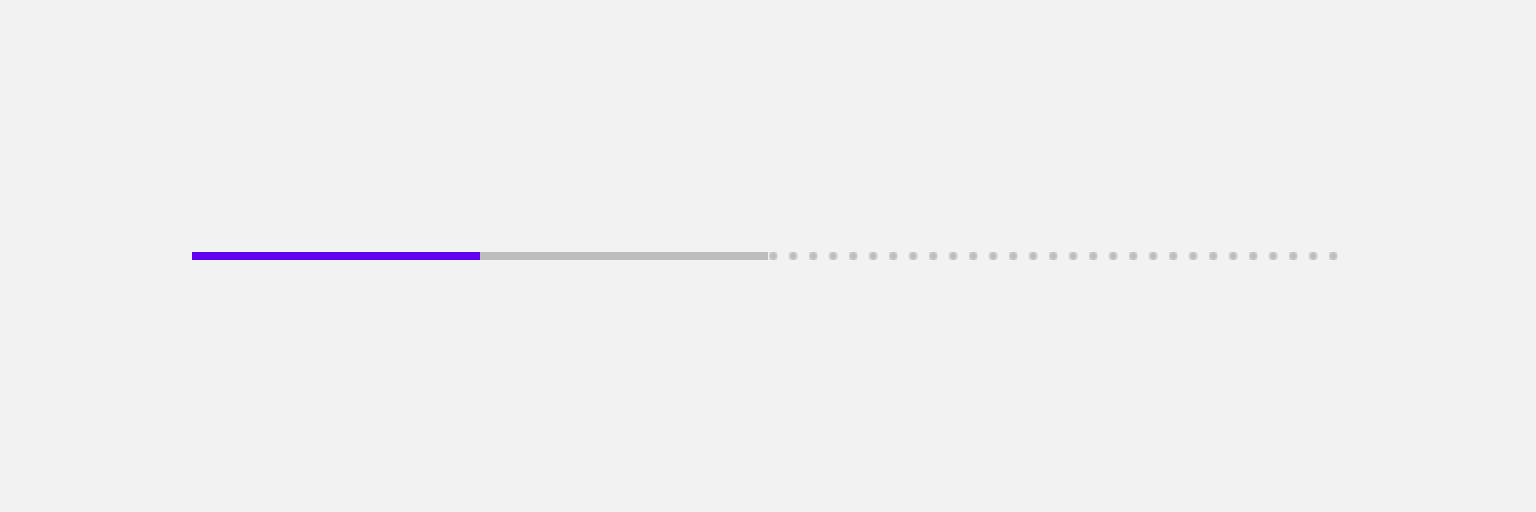@pitaya-components/linear-progress
v0.0.6
Published
Pitaya-Framework Component Linear Progress.
Downloads
19
Maintainers
Readme
Description
Pitaya-framework template component.
This documentation assumes you are at least slightly familiar with aurelia and its usage. If not, we highly suggest you take a look at its Quick Start section first to get a better understanding of the approaches that are presented it here.
Screenshot

Demo
MDC Design & API Documentation
Installation
npm install @pitaya-components/master-component --saveBasic Usage
Import
You have a few options when importing a component into your layout:
Template
<template>
<require from="@pitaya-components/master-component/dist/native-modules/master-component"></require>
...
</template>View model
@viewResources( "@pitaya-components/master-component/dist/native-modules/master-component" )
export class MyView
{
...
}Global resources
export function configure( config: FrameworkConfiguration )
{
config.globalResources( [
PLATFORM.moduleName( "@pitaya-components/master-component/dist/native-modules/master-component" )
] );
}Initialization
Our components are usually initialized by defining them in your views HTML. And can be accessed afterwards in the corresponding view model.
Template
<template>
<master-component
view-model.ref="masterComponent"
on-attached.call="_masterComponentHasBeenAttached(component)"
></master-component>
...
</template>View model
import {MasterComponent} from "@pitaya-components/master-component";
export class MyView
{
public component: MasterComponent;
public doSomething()
{
this.component.title = "Bananarama";
}
}Variants
Simple component
Put different variants here
<master-component></master-component>Event handlers
Attaching an event handler is as simple as adding on-<event>.call="<function>(<parameters>)".
The function that you specify has to be defined as a method on the view model class, so that aurelias template engine can use it.
Template
<pitaya-button
on-click.call="myButtonHasBeenClicked(event)"
>
BUTTON LABEL
</pitaya-button>View model
export class MyView
{
public myButtonHasBeenClicked(event: CustomEvent)
{
console.log("Event detail:", event.detail);
}
}You also can pass any parameter you like.
Specifying event just tells the component that you wish to receive the event object, but if you define something else, it will be passed down to your function just like one would expect.
Template
<pitaya-button
on-click.call="myButtonHasBeenClicked('my custom message')"
>
BUTTON LABEL
</pitaya-button>View model
export class MyView
{
public myButtonHasBeenClicked(message: string)
{
console.log(message);
}
}Bindables
A bindable is part of a core functionality of aurelia which basically allows you to configure a component from within your HTML code. They can be set/accessed via HTML attribute and also programmatically.
Template
<master-component
title="Super duper template component"
></master-component>View model
import {MasterComponent} from "@pitaya-components/master-component";
export class MyView
{
public component: MasterComponent;
public someMethod()
{
this.component.title = "Super duper template component";
}
}Bindable properties
| Attribute / Property | Type
| --- | --- |
| title | string
| on-attached | ( component ) => {}
Methods and properties
| Method Signature | Description
| --- | --- |
| title: string | Sets the title
| onAttached: Function | Sets the onAttached callback
| reinitialize() => Promise <void> \| void | Reinitializes the component
Style Customization
SASS mixins
| Mixin | Desciption
| --- | --- |
| master-component-background | Sets the background color
With this component we are relying on the [PLACEHOLDER] component of MDC. Check out the documentation to learn how to use their SASS mixins.
Dependencies
| Package | Url |
| --- | --- |
| aurelia-framework | aurelia-framework |
| Aurelia-typed-observable-plugin | Aurelia-typed-observable-plugin |
Changes
The main repository uses tagged Releases to communicate changes between versions.
FAQ
Q: Why another JavaScript framework?
A: Read this article for a detailed overview of ours goals.
Reach Out!
Find us on Twitter for the latest news, and please consider giving us a ?? star on GitHub!
Support
For contributions in the form of bug fixes and changes, feel free to use Pull Requests or send us a DM on Twitter to discuss how best to approach your issue.
License
The Master component source code is licensed under the MIT license.
